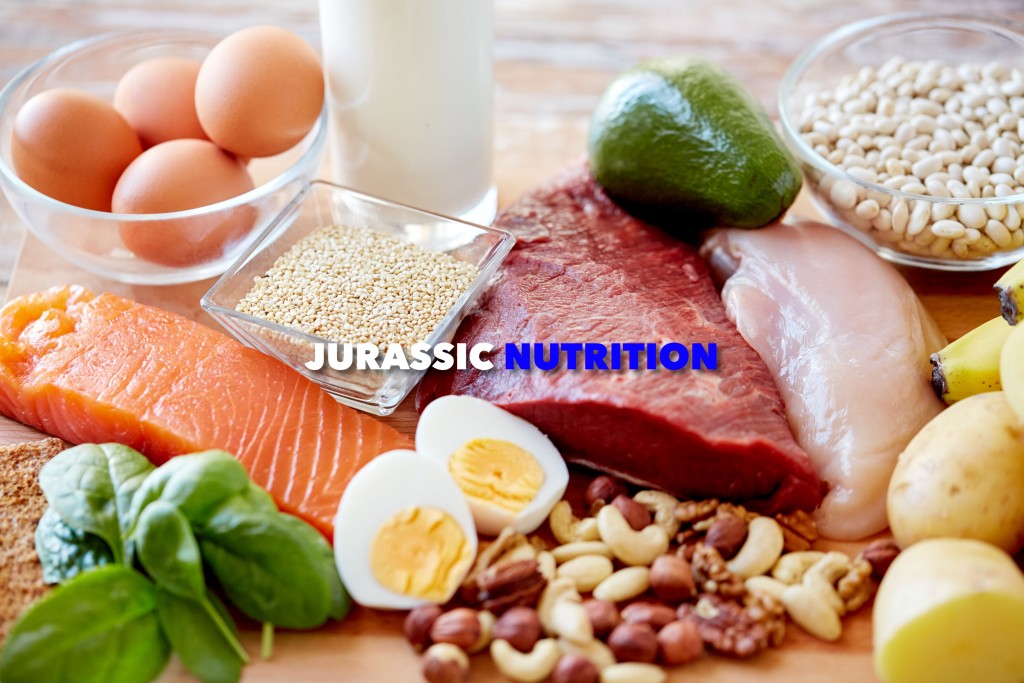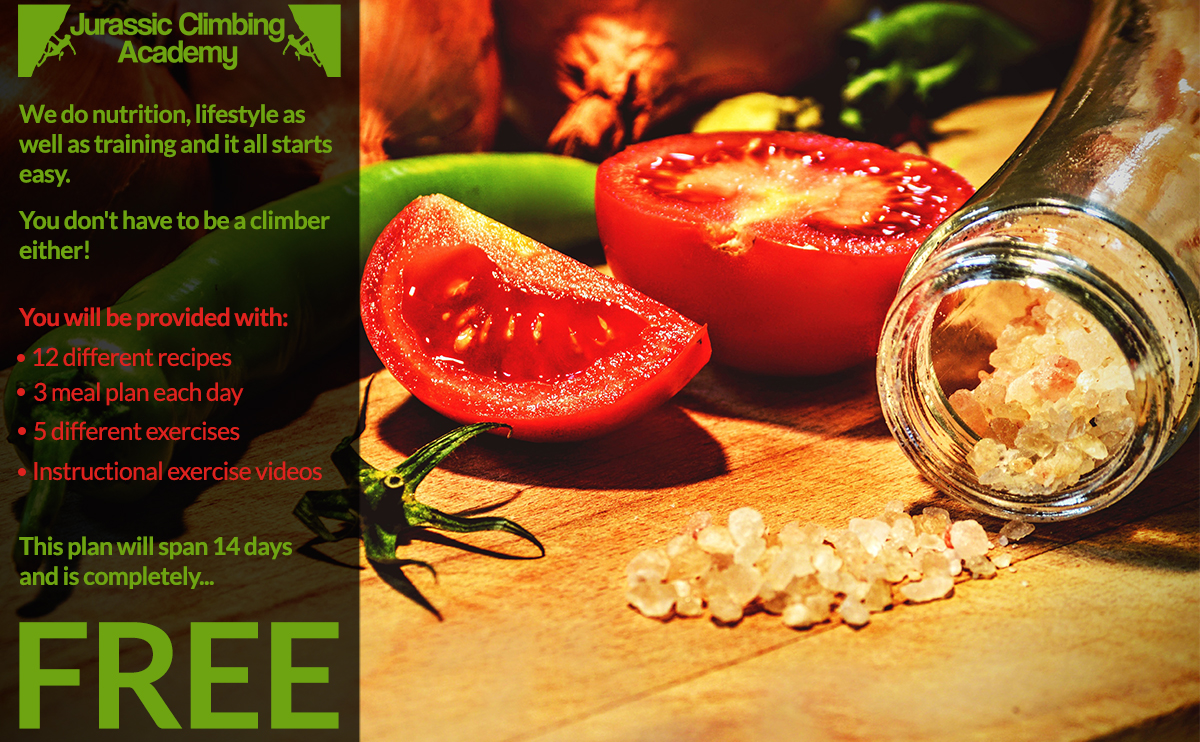Would you like to progress further with our help? Then why not Book Some Coaching
Vegetables Full of Nutrients
Vegetables are part of a healthy, balanced diet. They can help us stay healthy and it’s important that we eat enough of them.
Evidence shows there are significant health benefits from eating vegetables. They are a good source of vitamins and minerals. They are an excellent source of dietary fibre, which can help to maintain a healthy gut and prevent constipation and other digestion problems. A diet high in fibre can also reduce your risk of bowel cancer. Vegetables can help to reduce your risk of heart disease, stroke, and some cancers.
Why Eat Vegetables?
Vegetables contribute to a healthy, balanced diet.
They taste delicious and there’s so much variety.
Also, they are usually low in fat and calories. Therefore they can help you maintain a healthy weight and healthy heart.
Some Great Vegetables
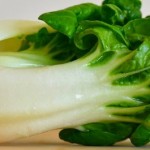 Bok Choy:
Bok Choy:
Grown in China for thousands of years. Both the dark green leaves and white stalks of this calcium-rich vegetable are edible. Bok Choy is associated with stir-fries and soups but can add a crunchy texture and fresh taste to salads. Its succulent leaves and stalks carry antioxidant plant chemicals such as thiocyanates, indole-3-carbinol, lutein, zeaxanthin, sulforaphane, and isothiocyanates that may offer protection from breast, colon, and prostate cancers
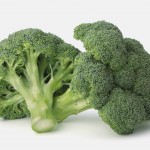 Broccoli:
Broccoli:
Both the stalks and florets of this vegetable are edible and nutritious. Cooking broccoli concentrates some of its health-promoting substances (carotenoids, for example), but it also significantly decreases glucosinolates. Minimize these losses by microwaving or steaming broccoli instead of boiling it. Broccoli has many phytonutrients such as thiocyanates, indoles, sulforaphane, isothiocyanates, and flavonoids like beta-carotene cryptoxanthin, lutein, and zeaxanthin.
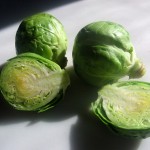 Brussels Sprouts:
Brussels Sprouts:
A good source of dietary fibre and folate, Brussels sprouts have a somewhat bitter taste. Minimize this bitterness by roasting or braising, adding sweetness such as sautéing in a little oil or butter. Brussels sprouts have several flavonoid antioxidants such as thiocyanates, indoles, lutein, zeaxanthin, sulforaphane, and isothiocyanates.
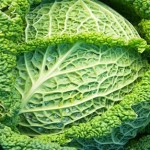 Cabbage:
Cabbage:
Three types of cabbage are typically available: pale green, purple-red and crinkle-textured savoy. Eat it raw or cooked, or fermented in the forms of sauerkraut which provide probiotic benefits. Cabbage has many of the phytochemicals like thiocyanates, indole-3-carbinol, lutein, zeaxanthin, sulforaphane, and isothiocyanates. These compounds work as powerful antioxidants and help protect against breast, colon, and prostate cancers.
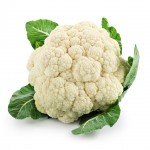 Cauliflower:
Cauliflower:
Called a curd, the head of cauliflower holds hundreds of immature white florets attached to a single stem. Besides the well-known white cauliflower, today’s market includes varieties from light green to purple, orange and chartreuse. Cauliflower heads carry several anti-cancer phytochemicals like sulforaphane and plant sterols such as indole-3-carbinol. They also contain Di-indolyl-methane, a lipid-soluble compound which has been found to be useful as an immune modulator, antibacterial, and antiviral agent.
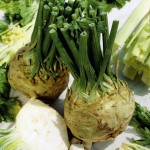 Celeriac:
Celeriac:
Celeriac is a closely related variety of common leaf celery. It is grown for its delicious, knobby underground root and can be mashed and cubed in soups and stews. Celeriac root contains poly-acetylene anti-oxidants such as falcarinol, falcarindiol, panaxydiol, and methyl-falcarindiol. Several research studies have found that these compounds possess anti-cancer properties and may offer protection from colon cancer and acute lymphoblastic leukemia.
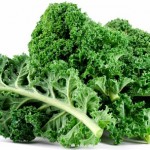 Kale:
Kale:
Nutrient superstar kale. 1 cup of this cooked vegetable has the highest level of vitamin K among all foods. When purchasing, choose dark colored bunches and avoid yellow or brown leaves. Nutrients in kale offer protection from vitamin A deficiency, osteoporosis, iron-deficiency anemia, and believed to protect from cardiovascular diseases, and colon and prostate cancers.
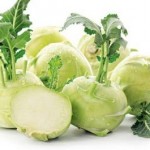 Kohlrabi:
Kohlrabi:
Purple, pale green or white exterior of this vegetable hides a crisp, juicy and mild-tasting white flesh. Kohlrabi bulbs can be eaten raw or cooked, and the edible greens are typically sautéed or steamed. Fresh 100 grams of kohlrabi provides 62 mg of vitamin-C, which is about 102% of recommended daily allowance (RDA) levels.
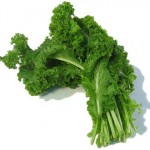 Mustard Greens:
Mustard Greens:
Pungent mustard greens are an excellent source of vitamins A, C, and K. Due to their strong taste the greens are usually cooked rather than eaten raw. Sauté with a little olive oil, chicken broth, and garlic. Toss steamed greens with a splash of sesame oil, salt, and pepper. Mustard greens are abundant sources of anti-oxidant like flavonoids, indoles, sulforaphane, carotenes, lutein, and zea-xanthin. Indoles and sulforaphane have proven benefits against prostate, breast, colon and ovarian cancers by virtue of their cancer-cell growth inhibition.
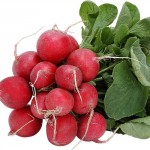 Radish:
Radish:
While many of you are familiar with red garden radishes, there is also white and black radish available. Radishes can be eaten raw for a crisp crunch in salads and sandwiches. Radishes can be roasted for a side dish or added to soups and stews. Radish, like other cruciferous and Brassica family vegetables, contains isothiocyanate antioxidant compound called sulforaphane. Studies suggest that sulforaphane has proven role against prostate, breast, colon and ovarian cancers by virtue of its cancer-cell growth inhibition.
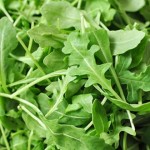 Rocket:
Rocket:
Rocket is available as both a mature green and a “baby” form — both of which have the vegetable’s well-known peppery taste. Find it in many commercial salad greens mixtures or on its own with bright, crisp leaves and stems. Rocket leaves are rich sources of certain phytochemicals such as indoles, thiocyanates, sulforaphane, and isothiocyanates. Together, these compounds have been found to offer protection from prostate, breast, cervical, colon and ovarian cancers.
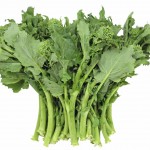 Sprouting Broccoli:
Sprouting Broccoli:
This leafy plant forms florets that don’t mature to a large size. Cooking broccoli concentrates some of its health-promoting substances (carotenoids, for example), but it also significantly decreases glucosinolates. Minimize these losses by microwaving or steaming broccoli instead of boiling it. Broccoli has many phytonutrients such as thiocyanates, indoles, sulforaphane, isothiocyanates, and flavonoids like beta-carotene cryptoxanthin, lutein, and zeaxanthin.
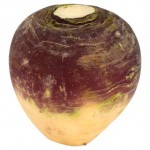 Swede:
Swede:
Larger than a turnip the Swede is thought to be the result of a botanical crossing of wild cabbage and turnip. The flesh is pale yellow, and the exterior of the root may be white, purple or yellow. It can be roasted, mashed or cut into chunks to replace potatoes in soups and stews. Swede is one of the popular root vegetables notably rich in vitamin-C. The tuber and its top greens are good sources of minerals like manganese, calcium, and vitamins such as folates, and pyridoxine.
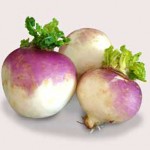 Turnip:
Turnip:
Ancient and hardy turnips come in a range of root shapes and colors. If possible, purchase turnips with the leaves still attached, then detach at home for two nutritious vegetables in one. In recipes, swap turnip roots for potatoes and use the greens in place of spinach or mustard greens. Turnips are one of the popular root vegetables notably rich in vitamin-C. The tuber and its top greens are good sources of minerals like manganese, calcium, and vitamins such as folates, and pyridoxine.
Would you like to progress further with our help? Then why not Book Some Coaching
Latest Workouts, Training, And Advice
Eat Well, Climb Well!
Get Strong, Climb Hard!
New Year = New You!

